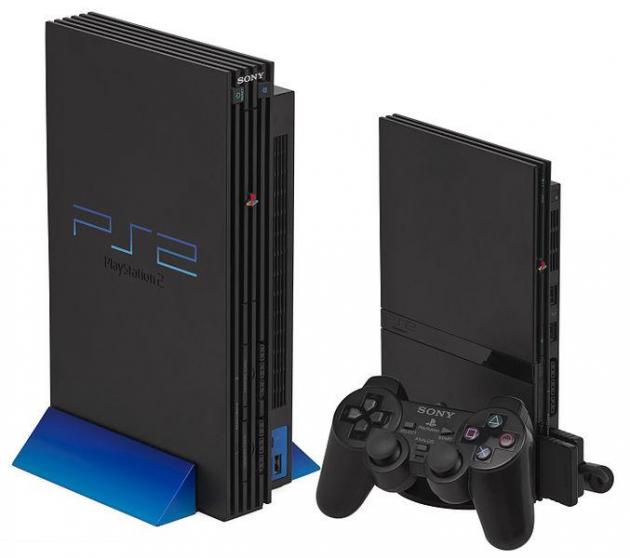This Guy is Gaming's Most Famous Photographer
Nov 04, 2013 16:37

Wikimedia Commons pictures of gaming systems are surprisingly one of the better quality pictures you can find online. And the odd part is that they're actually pretty consistent.
The reason for that? Evan Amos. Over at PetaPixel, Amos describes how he went about photographing both modern and antique gaming systems, and how he became the most famous gaming photographer you've never heard of.
At first I took photos of food items, candy bars and electronics, but I began narrowing my focus on video game systems. I started making lists of every console ever released. Before the video game crash of 1983, there were numerous systems, many now barely remembered, with little information available. Message boards and fansites had few details, with the same poor, low-resolution pictures. I realized that relatively recent history was being lost to time, all because the internet did not have good information and media about these game systems. There was a need to document these systems and show people what they looked like before they’re forgotten to time.
Anyone, news agencies or whoever can grab the photos and use them for whatever they want. He reached out to collectors to find some of the more obscure items and explained what he was doing to the owners and uploaded the photos for free. Now, Amos is running a Kickstarter campaign for a free "online game museum". With the funding, he plans to track down the rarest gaming systems and documents them for future generations:
I wanted to continue and expand my work with new ideas: more pictures from different angles, motherboard shots, videos and detailed descriptions. Yet the same problems remained: access to systems and money, but I now understood that there was a community of gaming fans that appreciated this work and could help close the gaps. I started a Kickstarter to appeal to the gaming community and ask for their help in transforming my current gallery of pictures into an expanded and in-depth site tailored to gaming history’s needs. The funding would allow me to purchase old and obscure system and spend the time to document them in the detail they deserve.
There is a huge need for this. There is no one else trying to provide this service at this level, at this quality, at this reach (Wikipedia) and in a format (public domain) that will ensure that these photos will last for decades from now. The work that I’ve already created and its impact thus far is a testament to the importance of the project. These are the reasons why I do this work, and why I do it for free.
[PetaPixel]There is a huge need for this. There is no one else trying to provide this service at this level, at this quality, at this reach (Wikipedia) and in a format (public domain) that will ensure that these photos will last for decades from now. The work that I’ve already created and its impact thus far is a testament to the importance of the project. These are the reasons why I do this work, and why I do it for free.







































































